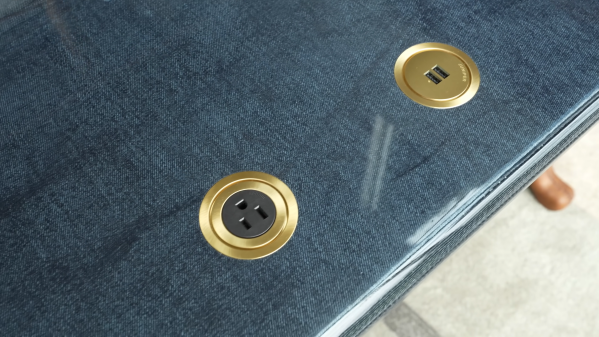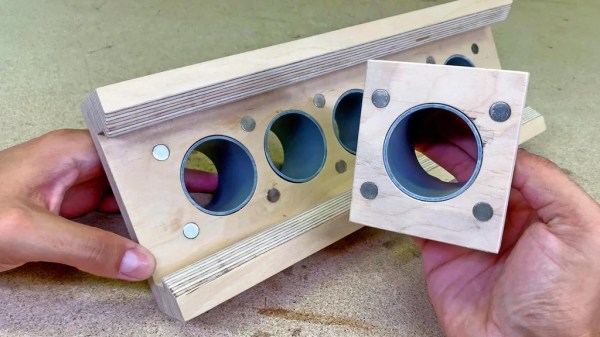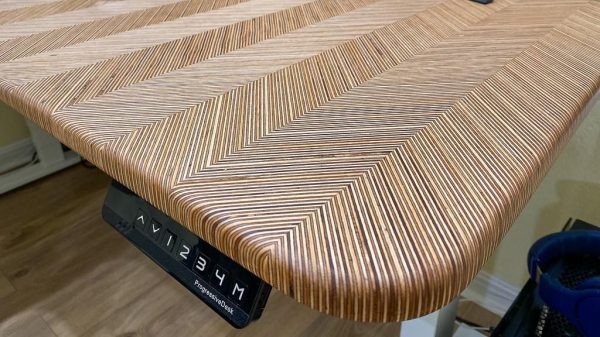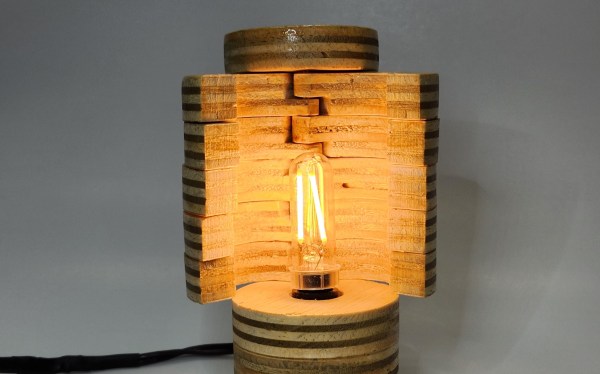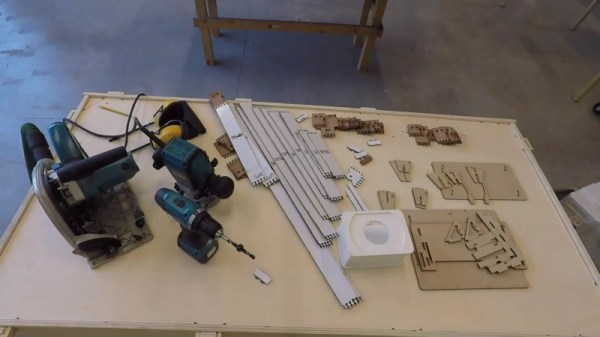There was a brief period through the 1960s into the 1970s when the last word in electronics was the calculator. New models sold for hundreds of dollars, and owning one made you very special indeed. Then the price of the integrated circuit at their heart fell to the point at which anyone could afford one, and a new generation of microcomputers stole their novelty for ever. But these machines were by no means the first calculators, and [What Will Makes] shows us in detail the workings of a mechanical calculator.
His machine is beautifully made with gears hand-cut from plywood, and follows a decimal design in which the rotation of a gear with ten teeth represents the numbers 0 to 9. We’re taken through the mechanical processes behind addition, subtraction, multiplication, and division, showing us such intricacies as the carry lever or a sliding display mechanism to implement a decimal equivalent of a bitwise shift multiplication.
We have to admit to be particularly impressed by the quality of the work, more so because these gears are hand made. To get such a complex assembly to work smoothly requires close attention to tolerance, easy with a laser cutter but difficult by hand. We heartily recommend watching the video, which we’ve placed below the break.
Meanwhile if you’d like more mechanical calculators, take a look at one of the final generation of commercial models.
Continue reading “A Mechanical Calculator For The Modern Age”


